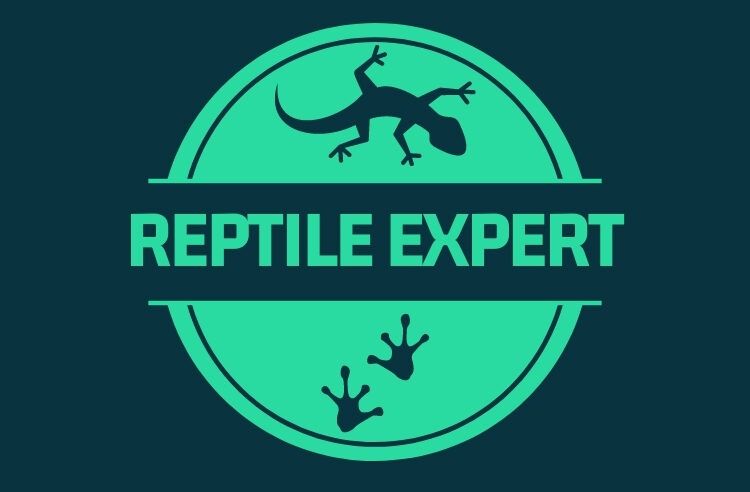Most people think of bears or squirrels when they talk about hibernation but in fact many reptiles hibernate as well – although the process is more correctly called “brumation” as it is different from mammalian hibernation. This is because, unlike mammals, a reptile is not living off its fat reserves but rather slowing down its metabolism, via the cold temperature, so that it hardly uses any energy. Thus, hibernating reptiles are not actually “asleep” but they are very sluggish. Hibernation or brumation evolved as a way of surviving times of cold, usually in winter, when food was scarce and water supplies may be limited.
Do all Reptiles Hibernate?
With some reptiles, such as box turtles, hibernation is an important part of their lifestyle while for others, such as garter snakes, it will depend on the circumstances, such as whether any breeding is planned. Of course, in many instances, you will not get any choice as the reptile will decide for itself! You will notice it becoming more inactive and losing interest in food as autumn progresses – this is usually triggered by a change in temperature, length of day or light levels.
In many reptiles, the cooling period stimulates the production of sperm in the males and ovulation in the females – thus, hibernation is necessary for breeding. It is often useful in re-setting the reptiles internal clock and encouraging it to eat again. Box turtles are perhaps the first to spring to mind when thinking of pet reptiles that hibernate although reptiles from many different ecosystems will enter a state of hibernation at low temperatures. These include desert tortoises, temperate tortoises (including box turtles), aquatic turtles and most snakes from temperate zones, such as king snakes, milk snakes, water snakes, bull snakes and garter snakes.
How to Prepare Your Reptile for Hibernation
While it is a natural process, hibernation can actually cause more harm than good if not done properly. Firstly, no reptile should be allowed to hibernate if it is not in top condition and health, as the stresses of the process can cause serious illness and even death. So always take your reptile to the vet for a medical examination before embarking on a hibernation programme. He will also be able to advise you on the correct weight for hibernation and on any dietary supplements needed. Most reptiles will stop eating as they prepare for hibernation and this is essential as their bodily functions will slow during hibernation with the result that any food in the stomach will remain indigested and may putrefy, releasing deadly toxins.
Thus, a reptile will naturally undergo a fast and clear his system before he begins hibernation underground. If your reptile does not stop eating by itself, you may need to stop feeding it to prepare it for hibernation. Food will usually clear the system in about 3 weeks. Giving it a bath in warm water may encourage it to defecate the last of the food out of its system. For turtles that need to be hydrated, soak them in water for 20-30mins every 48 hours before hibernation begins.
Hibernation does not need to take place in a sophisticated chamber – a DIY plastic box or similar storage container is sufficient. Fill it with newspaper and moistened peat moss or other moisture-retaining substrate. Most reptiles will burrow into this material. Make sure the reptile has access to water. Cover the box with a lid that has holes punched or drilled into it for ventilation. Place the box in a draught-free room and maintain it at a temperature of about 40-50 degrees F. Always lower the temperature gradually, until you reach the target hibernation temperature. Humidity is also an important consideration, especially for box turtles, and this is largely maintained by the damp substrate lining. Contrary to popular myth, darkness is not necessary and some natural light is beneficial, although this can be decreased if the reptile is too active.
Monitoring Hibernation
During hibernation, it is important to check on your reptile every 2-3 weeks and monitor its weight, appearance and activity levels. To check humidity levels, look at the skin of the reptile and see if it is dryer than normal; check the substrate as well to make sure that it is still slightly damp. If the reptile has urinated or its skin seems very dry, allow it to soak in tepid water for half an hour to an hour. For turtles, in particular, hydration is important and some owners will soak their pets every 2-3 weeks regardless. Make sure that you also check the substrate for any signs of mould or excessive dampness and replace any necessary sections.
If you notice anything untoward – such as excessive loss of weight, discharge from the eyes or breathing difficulties, immediately rehydrate and warm up the reptile (gradually!) and stop hibernation.
If everything goes to plan, reptiles can hibernate from 2-4 months. They should be gently brought out of hibernation by a gradual increase of temperature. Remember to rehydrate through soaking if necessary. Once it has reached room temperature, offer it food although note that some may still not eat for several weeks and some males may fast until after breeding.
